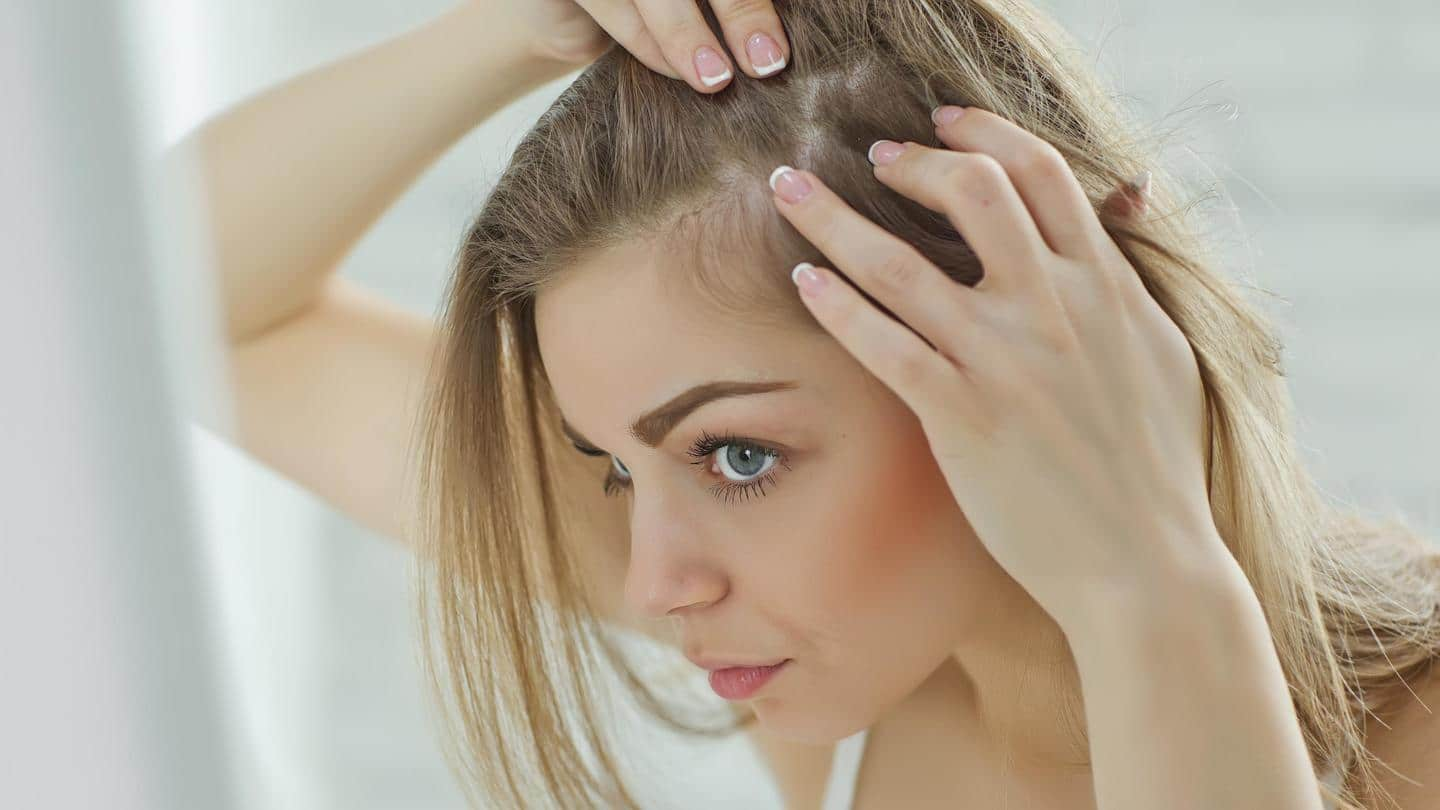
What is scalp acne? Its causes, types, and prevention
What's the story
Scalp acne is a type of acne that occurs along the hairline. They usually pop up as a result of clogged pores on the head and are less common than acne on the other parts of the body. This acne can be itchy and sometimes painful as well. Scalp acne is a result of several activities done regularly. Here's more on it.
How
Causes: When pores on the scalp get clogged
Scalp acne occurs when a pore on the scalp gets clogged with dead cells or dirt. When someone sweats a lot and their hair is exposed to pollutants, it causes dirt build-up. This can further be worsened if the pores are invaded by bacteria and fungus. But, scalp acne mostly occurs when one does not wash their hair regularly.
Types
The three different types of scalp acne
When bacteria causes the hair follicles to become infected, it can lead to small, itchy red bumps as a result of a condition called scalp folliculitis. Seborrheic dermatitis is the common cause of dandruff and picking at the area can cause marks that look like pimples. Pilar cysts are formed near the hair root and they usually do not have a white head.
Treatment
Certain products like salicylic acid, tea tree oil help
Hair products containing tea tree oil may help eliminate bacteria on the scalp, reducing the risk of scalp acne. Salicylic acid helps get rid of dead cells, while glycolic acid exfoliates the scalp and removes dead cells and sebum. Ketoconazole is an antifungal agent that helps improve scaly skin. Benzoyl peroxide is another compound that helps eliminate the bacteria that causes severe scalp acne.
Precautions
Here's how you can lessen your chances of scalp acne
Wash your hair soon after exercising or after any activity where you sweat a lot. Always wear loose-fitting headgear to help your scalp breathe. If you feel you're allergic to a certain hair care product, stop using it and immediately switch to natural, hypoallergenic hair care products. A healthy diet rich in vitamins A, D, and E will also keep scalp acne at bay.